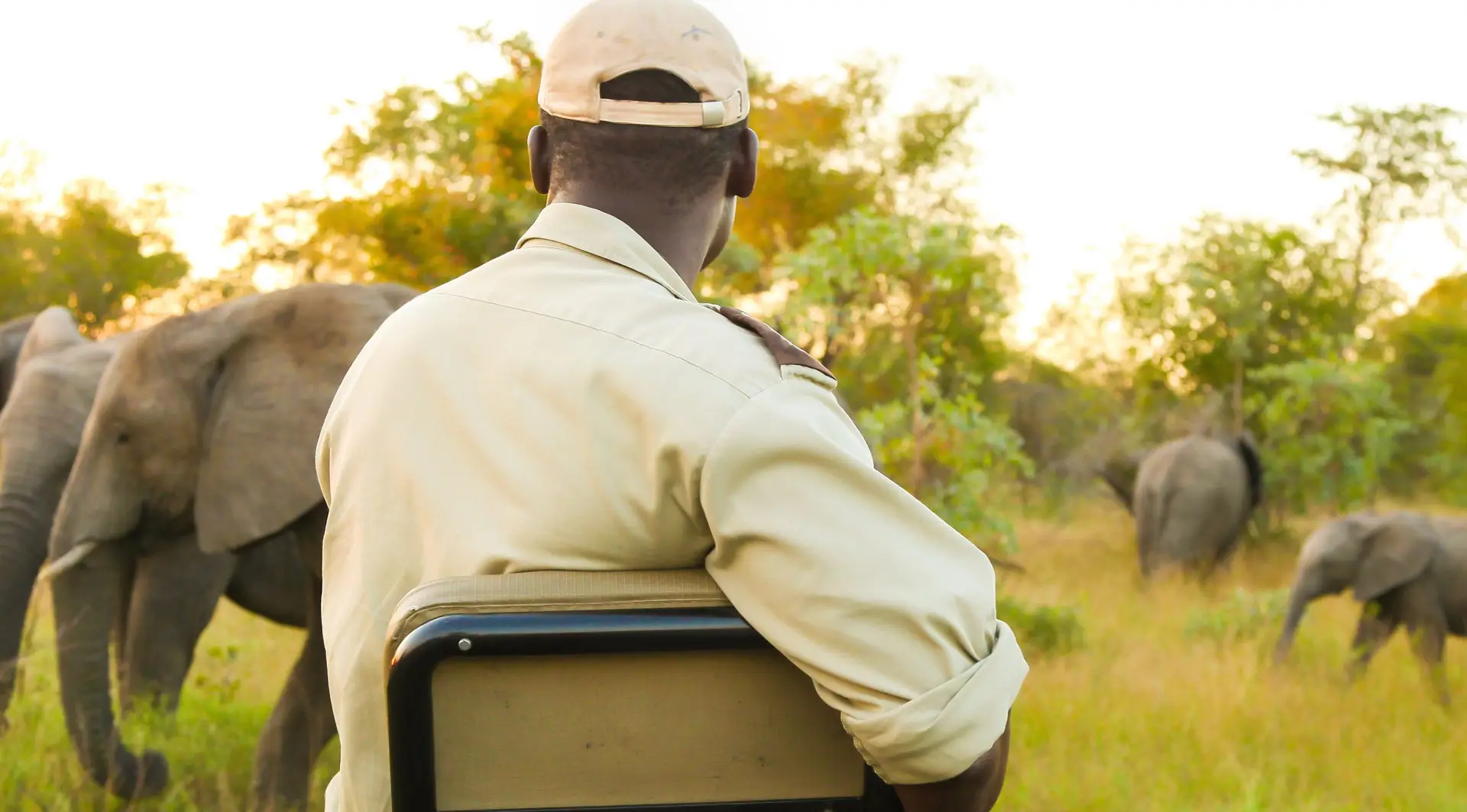Wildlife Conservation and Human-Wildlife Conflict Mitigation (WILD-HARMONY) Project

1. Project Background
Kenya’s wildlife faces mounting threats from habitat loss, poaching, and human-wildlife conflict (HWC), which costs communities over KSh 2 billion annually in crop/livestock losses. At the same time, iconic species like elephants, lions, and rhinos remain at risk. The WILD-HARMONY project integrates community-led conservation, innovative mitigation strategies, and sustainable livelihoods to protect biodiversity while improving human welfare.
Key Challenges Addressed:
- Habitat Encroachment due to expanding agriculture/settlements
- Retaliatory Killing of predators (lions, hyenas) and elephants
- Illegal Wildlife Trade fuelled by poverty and weak enforcement
- Climate Change exacerbating resource competition
Alignment:
- Kenya’s Wildlife Conservation & Management Act 2013
- SDG 15 (Life on Land) & African Wildlife Economy Strategy
- Vision 2030 Tourism Pillar
2. Project Objectives
- Reduce Human-Wildlife Conflict by 60% in target landscapes
- Strengthen Community-Led Conservation through wildlife corridors and habitat restoration
- Improve Livelihoods via nature-based enterprises to reduce dependency on poaching
- Enhance Anti-Poaching Efforts with technology and community scouts
- Promote Coexistence through education and innovative deterrents
3. Key Interventions
A. Conflict Mitigation & Prevention
- “Living Walls”: Beehive fences & chili barriers to deter elephants
- Predator-Proof Bomas: Reinforced livestock enclosures to reduce lion attacks
- Early Warning Systems: SMS alerts for elephant movements near farms
- Rapid Response Units: Trained community teams to safely relocate problem animals
B. Habitat Protection & Restoration
- Community Conservancies: Support 10 new conservancies in conflict hotspots
- Rehabilitation: Restore degraded rangelands with drought-resistant grasses
C. Sustainable Livelihoods
- Beekeeping & Honey Value Chains: Income from pollinator-friendly habitats
- Crafts from Invasive Species: E.g., water hyacinth baskets, charcoal briquettes
D. Anti-Poaching & Enforcement
- Wildlife Crime Hotline: Anonymous community reporting system
E. Awareness & Education
- “Predator-Friendly Farming” Workshops: Teach non-lethal livestock protection
- School Conservation Clubs: Engage youth in wildlife monitoring
- Radio Dramas: Local-language programs on coexistence
4. Expected Outcomes
- 60% reduction in HWC incidents in target areas
- 500+ households with improved incomes from conservation-linked enterprises